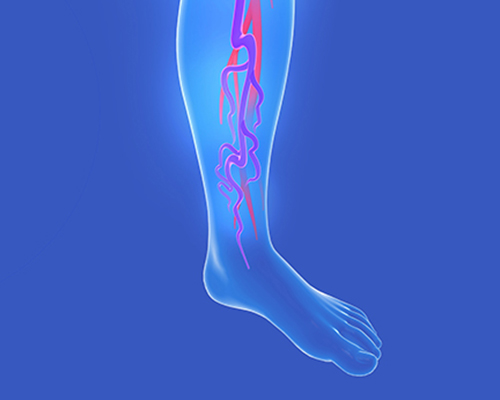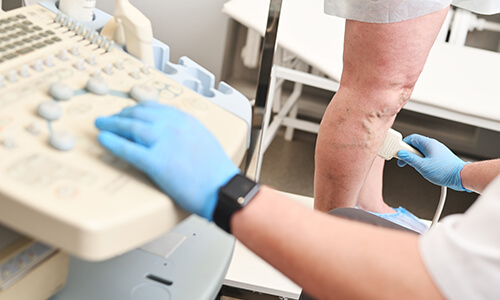

Varicose veins are a medical condition in which the veins, most commonly in the legs, are enlarged, twisted, and overfilled with blood. Interventional radiologists offer non-surgical and minimally invasive treatments for varicose veins that provide excellent results in a single sitting.

Not all varicose vein conditions are painful, but it is easy to detect the symptoms as the veins become:
For painful varicose veins, however, the symptoms may include the following:
You may consult an interventional radiologist for the proper diagnosis and treatment of the condition. For diagnosis, Dr. Arjun Reddy performs a physical examination and, if needed, recommends an ultrasound.

After the completion of the procedure, the leg will be bandaged to control swelling and bleeding for the next 2-3 days. You need to wear compression stockings for a week or two after the procedure. You may experience bruising and soreness in the leg that will stop completely in four to six weeks.
Varicose veins are swollen and twisted cord-like veins that protrude outwards due to the blood collected in them.
There are over 10 million cases of this disease in India every year. Over 30% of adults have varicose veins.
The main causes are heredity, age, obesity, and pregnancy.
They are highly successful minimally invasive and less painful procedures that provide fast relief to patients.
For more information on the various treatments provided by Dr. Arjun Reddy, an interventional radiologist with immense experience and expertise in treating varicose vein conditions successfully,
schedule an appointment, call us at +91-9063453805 or send an email to contact@drarjunreddyir.com today.